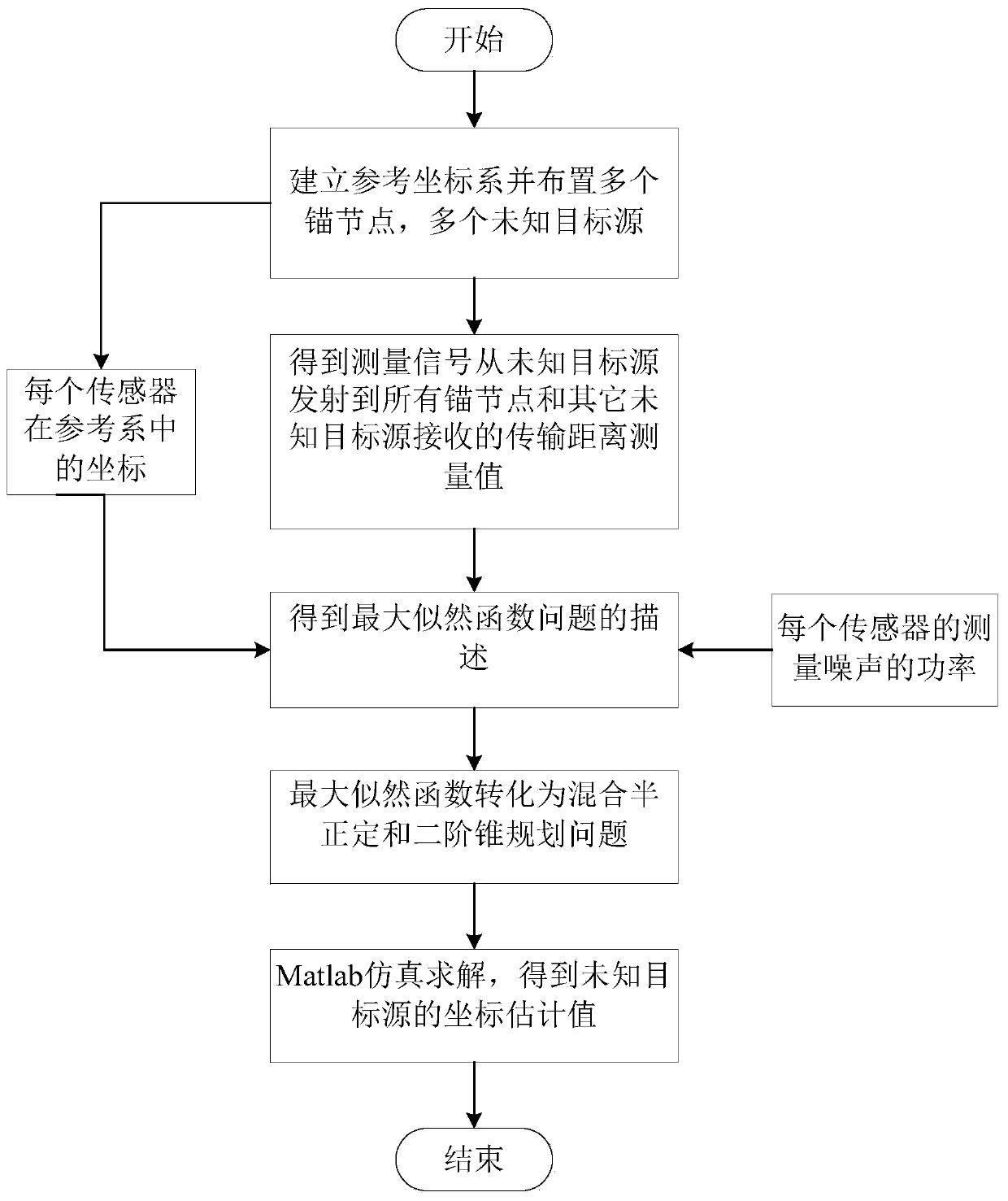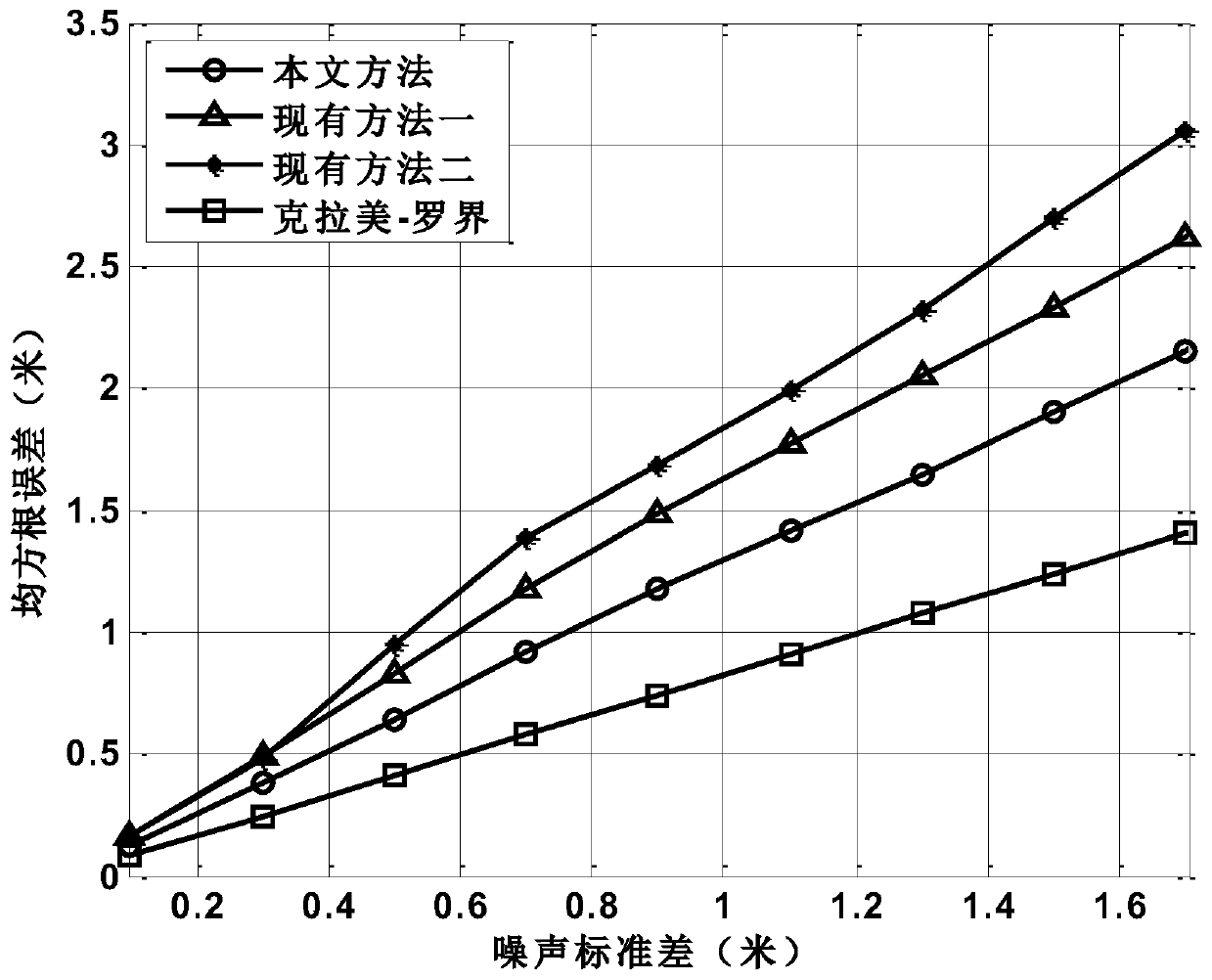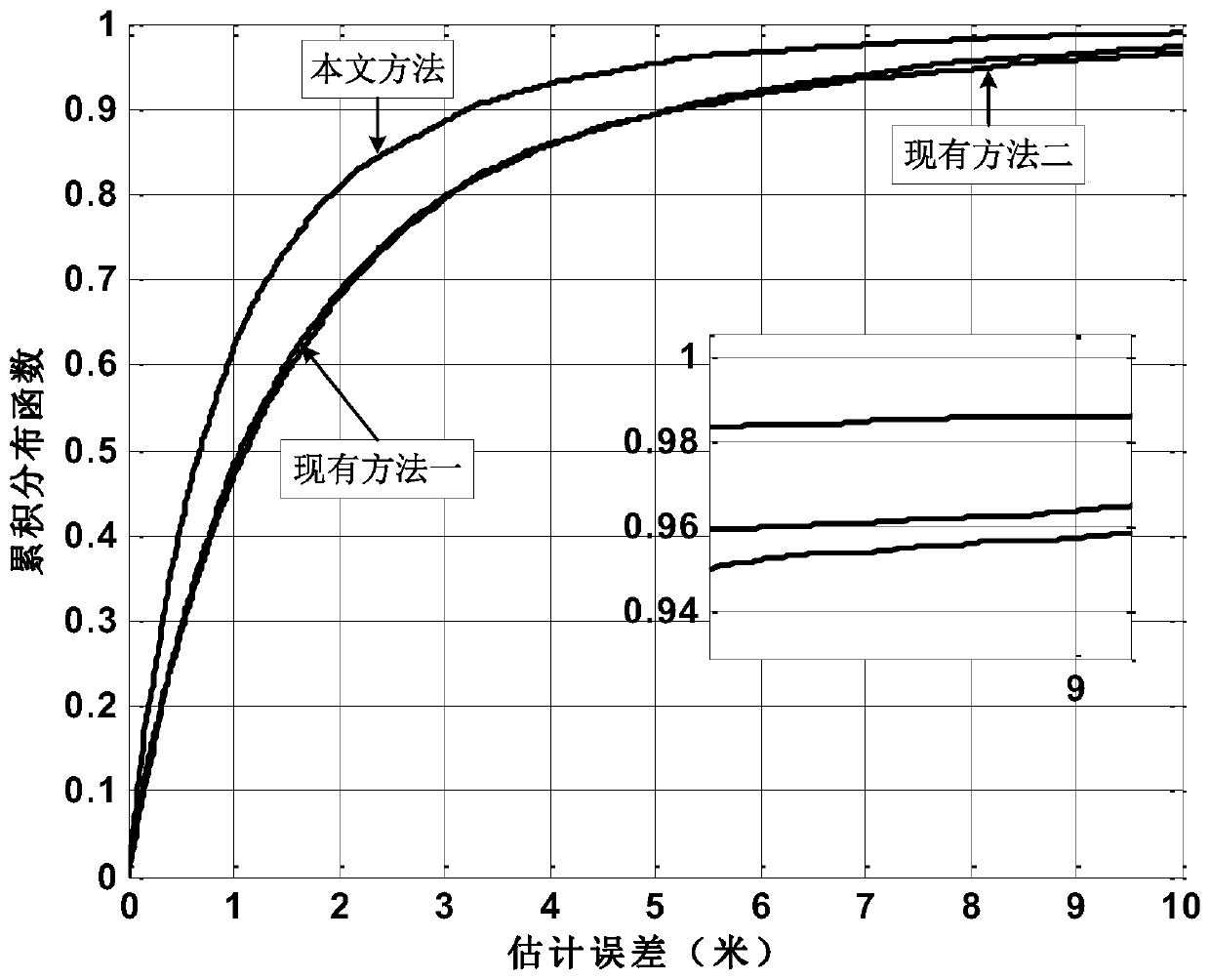A Cooperative Positioning Method Based on Time of Arrival for Wireless Sensor Networks
A wireless sensor network, cooperative positioning technology, applied in positioning, network topology, wireless communication and other directions, can solve the problems of increasing convex optimization, difficulty and so on
- Summary
- Abstract
- Description
- Claims
- Application Information
AI Technical Summary
Problems solved by technology
Method used
Image
Examples
Embodiment Construction
[0019] The present invention will be further described in detail below in conjunction with the accompanying drawings and embodiments.
[0020] A time-of-arrival-based cooperative positioning method applied to wireless sensor networks proposed by the present invention, its overall realization block diagram is as follows figure 1 As shown, it includes the following steps:
[0021] Step 1: In the wireless sensor network environment, establish a planar rectangular coordinate system or a spatial coordinate system as the reference coordinate system, and set M anchor nodes and N unknown target sources; then set the M anchor nodes in the reference coordinate system The corresponding coordinates in the system are denoted as s 1 ,s 2 ,...,s M , record the coordinate correspondence of N unknown target sources in the reference coordinate system as x 1 ,x 2 ,...,x N ; Wherein, M≥2, M=4 in this embodiment, N≥2, N=5 in this embodiment, s 1 is the coordinate of the first anchor node in...
PUM
 Login to View More
Login to View More Abstract
Description
Claims
Application Information
 Login to View More
Login to View More - R&D
- Intellectual Property
- Life Sciences
- Materials
- Tech Scout
- Unparalleled Data Quality
- Higher Quality Content
- 60% Fewer Hallucinations
Browse by: Latest US Patents, China's latest patents, Technical Efficacy Thesaurus, Application Domain, Technology Topic, Popular Technical Reports.
© 2025 PatSnap. All rights reserved.Legal|Privacy policy|Modern Slavery Act Transparency Statement|Sitemap|About US| Contact US: help@patsnap.com



